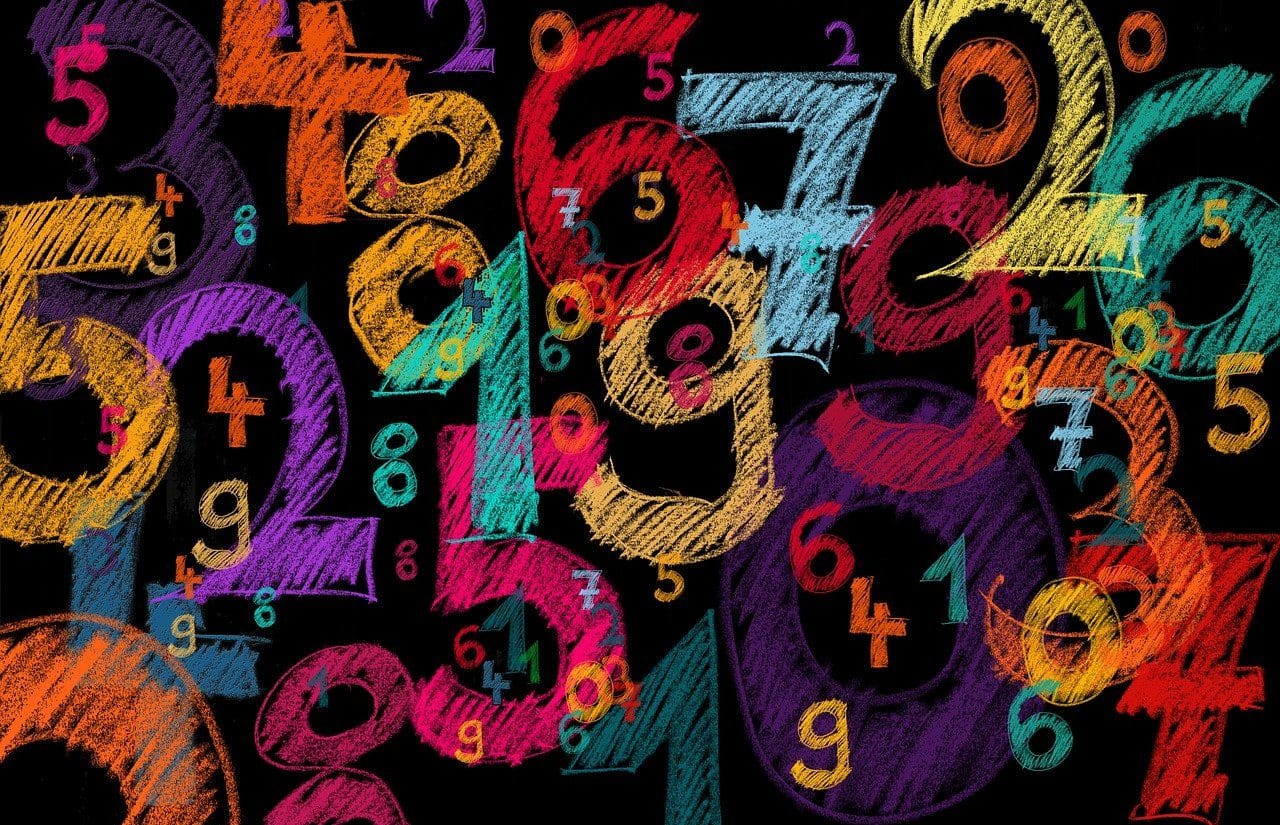
Rational numbers occupy an important place in mathematics education.
Rational numbers are indicators that allow us to know the quotient between two whole numbers . The notion of rational comes from ration (part of a whole). The set of rational numbers is made up of integers (which can be expressed as a quotient: 5= 5/1, 38=38/1) and fractional numbers (non-integer rational numbers: 2/5, 8/12, 69/253).
Each of the integers has another character that follows it; in such a way that -1 is followed by 0 and this by 1, successively, and in turn between each of these there are infinite non-rational numbers.
It is important to indicate that rational numbers - which are a subset of real numbers - allow us to express measurements . When you compare a quantity with its unit, you usually get a fractional result. For example: if you divide a pizza into two parts, you get two halves. Each slice will be 1/2 of the pizza (one part of two). If you take both slices, you will have the whole pizza again (2/2= 1).
Operations with rational numbers
Rational numbers can be added , subtracted, multiplied or divided (except by 0). The result of basic arithmetic operations will always be another rational number.
Since integers can be positive or negative, the Law of Signs applies. The way to carry out the operations will vary according to the existence or absence of the same denominator in the fractions.
Historical tour
There was a time when numbers were not part of everyday life; There was a day when they were "discovered" and for centuries it was believed that they were an element independent of the human being and of a universal and abstract nature (each number represents the same quantity in all languages and cultures). However, this was not always the case and this allows us to know that there was a "creation" of numbers as we know them today: being a product of human activity, they are not perfect.
In Greek culture , 0 (zero) was not considered a number since it could not be compared with something real: it represented nothing and nothing does not exist, therefore they had it absolutely nullified. At the same time, 1 also had no numeral character since it was what the rest of the numbers were formed with and therefore could not be taken into account independently.
At the beginning of humanity, certain notions that can now be clearly distinguished were not understood as such. In fact, measurements of magnitude and numerals were made taking into account differences and contrast and not similarities. As expected, these were not exact portions. They could clearly differentiate between one wolf and many or between a tiny fish and a whale, but not between objects of similar magnitude or between similar quantities .

Adding and subtracting fractions are operations that can be done with rational numbers.
Rational numbers in Ancient Egypt
It may have been the people of Ancient Egypt who began the history of rational numbers by establishing clear parameters that defined them as we know them. Mathematicians of that time used unit fractions , which are those whose denominators are positive integers. In cases where they needed fractions with non-unitary numerators, the Egyptians appealed to the addition of distinct unitary fractions (known as the Egyptian fraction ).
From that moment on, this aspect of knowledge was consolidated to the point that today it is difficult for us to separate mathematics from our lives and, therefore, rational numbers from everyday reality. However, those passionate about philosophy and the origin of things continue trying to answer the eternal discussion, are rational numbers something invented by human beings or do they belong to a revelation that nature itself made to our species in due time? ?

Rational numbers and irrational numbers make up the set of real numbers.
Its properties
Mathematicians recognize five properties of rational numbers in different operations:
- Clausurative : The multiplication or addition of two or more rational numbers always results in another rational number.
- Commutative : The order of the factors of a multiplication or the addends of a sum does not alter the result.
- Associative : The way rational numbers are grouped in a sum does not affect the result.
- Distributive : The product of a rational number by a subtraction or a sum of rational numbers is equivalent to the subtraction or sum of the products of the rational number in question for each fraction .
Examples of rational numbers
Rational numbers are infinite , which means that the examples that can be mentioned are also infinite. It can even be considered that, in their daily lives, all people make daily use of rational numbers.
Suppose a couple walks into a bar and orders 2 coffees . When referring to that quantity ( 2 ), he resorts to a rational number. Those who, in a greengrocer's shop, ask for 1/4 of grapes do the same: a quarter of a kilogram is equivalent to 250 grams .
Someone who tells another person that their birthday party will have 15 guests also uses rational numbers. Other examples of rational numbers are the figures that a sports journalist mentions about the statistics of a soccer team that has accumulated 8 wins and 2 losses in the tournament, with 20 goals for and 5 against .
